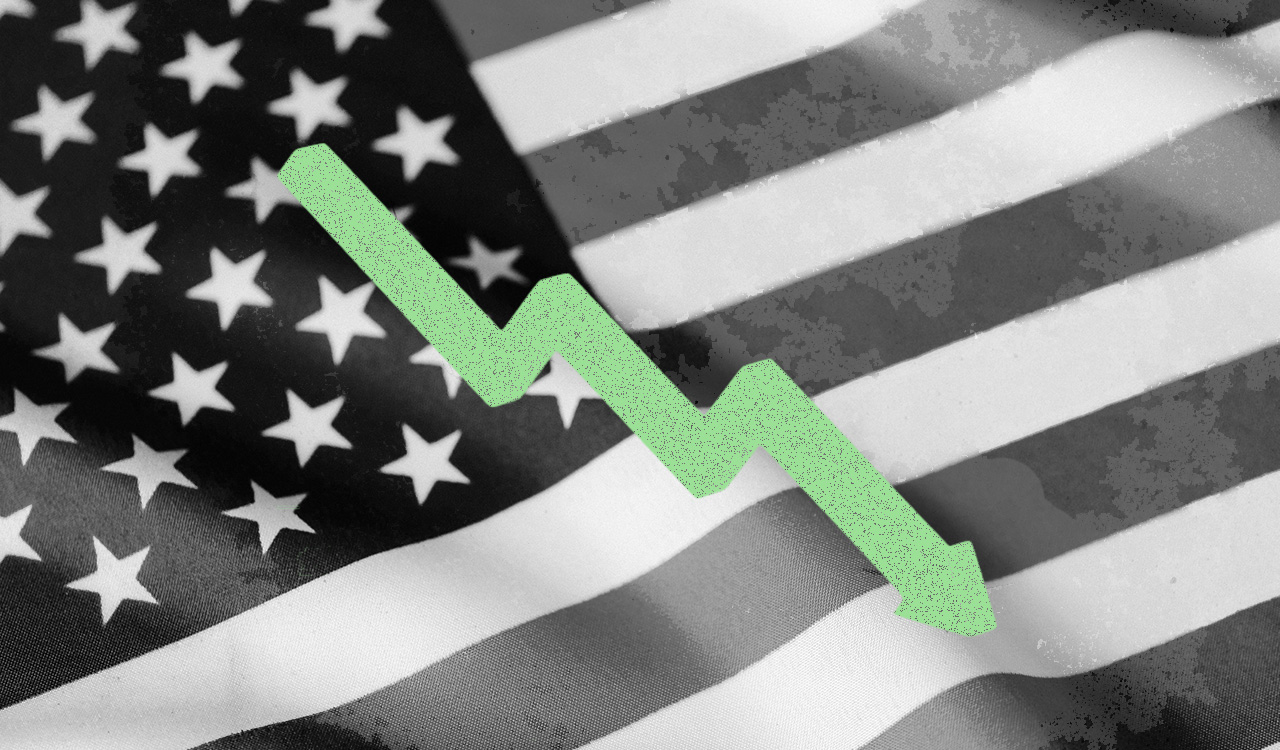Despite all the pre-IPO hype that the listing of Birkenstock shares would rival the meteoric launches of other household footwear names like Nike, Crocs, and Skechers USA, the company’s recent debut in public markets was a pretty resounding flop. And it’s an ominous warning for other consumer fashion brands such as Skims, Shein, Golden Goose, and Vuori that have eagerly been awaiting the right moment to go public.
Despite being a profitable company aligned with consumer trends around sustainability and the new ethos of work-from-anywhere, the Birkenstock’s IPO experience underscores that even solid companies with incredible brands and the right positioning may struggle to secure a lofty share price in this environment – which paints an even more ominous backdrop for pre-profit companies that are looking to raise capital in public markets.
250 Years in the Making
The German sandal sensation carved out a unique niche as a status symbol for the well-heeled yet environmentally and socially conscious. Not only was it supposed to put a lot of money in the pockets of its shareholders, but it signaled a new bullish era for an array of fashion and footwear stocks that have been looking for the right post-pandemic moment to go public.
So much for that.
When the trading bell finally rang on Oct 11th, Birkenstock’s shares (BIRK) began at $41 – five dollars less than their initial pricing. To add to the disappointment, the stock continued its downward trajectory, closing the day nearly 13 percent lower. And the stock has continued to sink ever since. (It now trades in the mid $30 range.)
Although the two Birkenstock brothers, Alex and Christian, heirs to the 250-year-old company, are now worth nearly $3.5 billion, according to Bloomberg data, the IPO of their eponymous company marked the worst start for a billion-dollar-plus company in almost two years.
With Birkenstock being one of the first major consumer brands to go public after the IPO frenzy of 2021 – a period during which companies like Warby Parker, Allbirds, and Figs all hit the stock market – optimism was particularly high across the industry. (Note: Warby Parker didn’t have an IPO but rather a direct listing.)
On paper, the Birkenstock play looked like a sure thing – at least as sure as any IPO might be –given the impressive growth as chronicled in its F-1 filing earlier in the year. Company revenue had jumped by a whopping 70 percent from fiscal 2020 to fiscal 2022, and for the six months ending March 31, 2023, they clocked in at €644.173 million ($691.62 million), up from €542.558 million ($582.52 million) the previous year. But despite these impressive figures, Birkenstock’s shares just didn’t seem to take flight. By the day’s end, the shoemaker’s market valuation had slipped to around $7.7 billion, nearly a billion dollars short of the anticipated $8.6 billion target.
What Went Wrong?
So why was the Birkenstock IPO such a dud?
Analysts and experts have dissected Birkenstock’s lackluster performance and attributed it to a handful of factors. The overarching reason that the Birkenstock stock was such a dud was the company’s overvaluation, with many investors having reservations about the sky-high expectations touted by the underwriters. Back in 2021, companies with lofty valuations faced less resistance from investors, but the landscape has since shifted in a major way. Inflation has crept back. Interest rates are at near record levels. The war in Gaza has the potential to upend the Middle East and bring back $100 a barrel of oil just as the Northern Hemisphere heads into winter. And with this constellation of concerning factors, consumer confidence has eroded significantly.
And as these dire economic uncertainties loom, investors have grown more discerning about paying high multiples for companies selling non-essential products and services – and that includes $130 sandals.
Now lop on top of this ominous economic scenario a big dollop of inventory challenges that are affecting the entire industry as sales figures haven’t quite matched the surge in shopping seen in post-lockdown 2021 and 2022. Over the past year, many widely held fashion and footwear retailers have been forced to provide downward guidance to investors after registering unprecedented surges in inventory.
Cautionary Tale
Looking ahead, Birkenstock’s rocky IPO should serve as a cautionary tale for other fashion and apparel brands or retailers eyeing public offerings. Company boards may now have to rethink their strategy about going public in this environment, given the hurdles Birkenstock encountered. It’s also a clarion call to the underwriters. Goldman Sachs Group, Morgan Stanley, and JPMorgan Chase were the investment banks that led the Birkenstock IPO, and it now appears that they were a wee bit overzealous with their pricing strategy that had pegged the stock at about 37 times earnings.
Whoa!
Compare that to Deckers Outdoor, the maker of Uggs and Hoka shoes, which trades at around $511 a share, or 22 times projected earnings. Dr. Martens, the U.K. boot maker is valued at about 13 times estimated current-year earnings. The Crocs stock trades at around $87 a share, which is just seven times the estimated 2023 earnings.
In fact, aside from Hermès, which trades for about 45 times current-year earnings, it’s hard to find any near-peer in the fashion-apparel-luxury universe with a similar valuation to the one Goldman et al. proposed for Birkenstock. Even the stock for luxury brand LVMH Moët Hennessy Louis Vuitton is only valued at 22 times its 2023 estimated earnings.
Ever Resilient
Despite being a profitable company aligned with consumer trends around sustainability and the new ethos of work-from-anywhere, Birkenstock’s IPO experience underscores that even solid companies with incredible brands and the right positioning may struggle to secure a lofty share price in this environment – which paints an even more ominous backdrop for pre-profit companies that are looking to raise capital in public markets.
And while some IPO investors may be taking a bath, none of this means that Birkenstock’s long-term fortunes are somehow tainted. Despite its rocky start as a publicly listed company, Birkenstock still has some strong cards in its hand. It boasts higher annual revenues compared to many companies in its sector and has a devoted customer base. And recent collaborations with big names like Dior and Manolo Blahnik have generated quality attention and credibility while introducing the brand to new audiences.
For Birkenstock, the key now is for its management team to stay on course and not be disheartened by the initial stock dip. By focusing on connecting with its customers, producing high-quality products, and driving sales through collaborations and influencer partnerships that resonate with its customer base, over time it should be able to push through its IPO price and beyond.
In the end, although many in the industry may have to sit on their IPO plans – here’s looking at you, Kim Kardashian – until some of the darker economic and geopolitical clouds overhead disperse a bit, the tale of the Birkenstock IPO is still in early innings.




